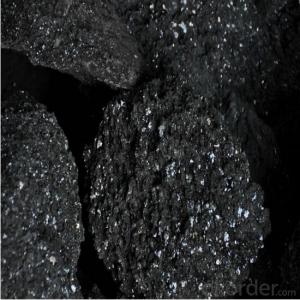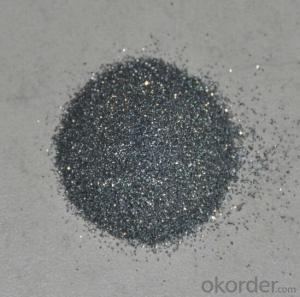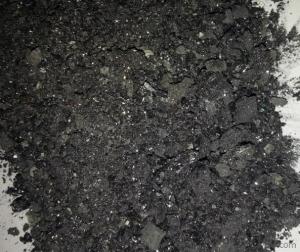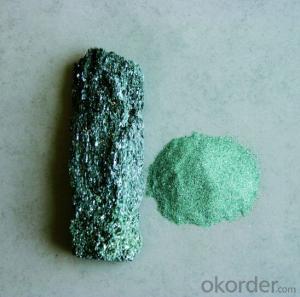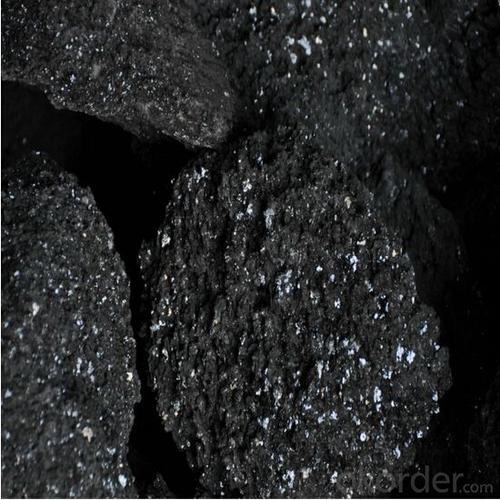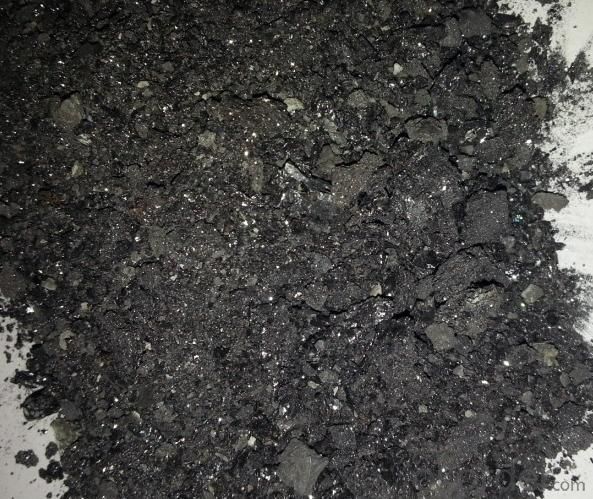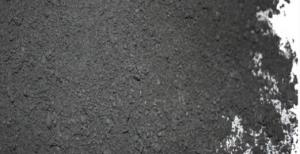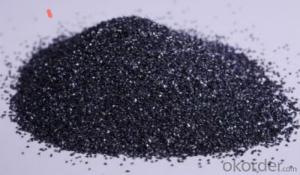Black SIC And Green SIC For cast iron and steel Industry
- Loading Port:
- Shanghai
- Payment Terms:
- TT OR LC
- Min Order Qty:
- 10 m.t.
- Supply Capability:
- 500000 m.t./month
OKorder Service Pledge
OKorder Financial Service
You Might Also Like
Specifications of SiC:
Black SIC And Green SIC lump,grain,grit and micropowder for refractory or abrasive. Size can be based on customer's requirement.
- Description:
Silicon carbide is produced at high temperature in an electric resistance type furnace with quarts sand and petroleum coke as its main raw materials. Its hardness is between fused alumina and synthetic diamond. Mechanical intensity of it is higher than fused alumina. It is sharp and has electrical and heat conductivity in some degree.
- Application:
♦As the abrasive: used for abrasive, such as grinding wheels, whetstone, grinding wheel, sand tiles etc.
♦As the metallurgical deoxidizer and high temperature material.
Four main application areas of SiC: functional ceramics, advanced refractory, abrasives and metallurgical materials.
♦High purity single crystal, used to manufacture semiconductors, manufacture of silicon carbide fibers.
♦Silicon carbide is very hard, with excellent thermal conductivity, as a semiconductor and high temperature
resistant to oxidation.
- Partical Size:
♦Lumps: 0-20mm, 0-50mm.
♦Grains: 0-1mm, 1-3mm, 3-5mm, 5-8mm, 0-10mm, 1-10mm, etc. 7/14, 14/30, 36/70, etc.
-100mesh, -200mesh, -325mesh, etc.
♦Grits: F12-90, F100-240.
♦Micropowder: F320-2000.
*Note: the size can be based on customers requirement.
- Specification
SIC98.5%, SIC98%, SIC97%, SIC95%,SIC90%, SIC88%, SIC85%, SIC80%, SIC75%, SIC70%, SIC65%, SIC55%, SIC50%
*Note: the specification can be based on customers requirement.
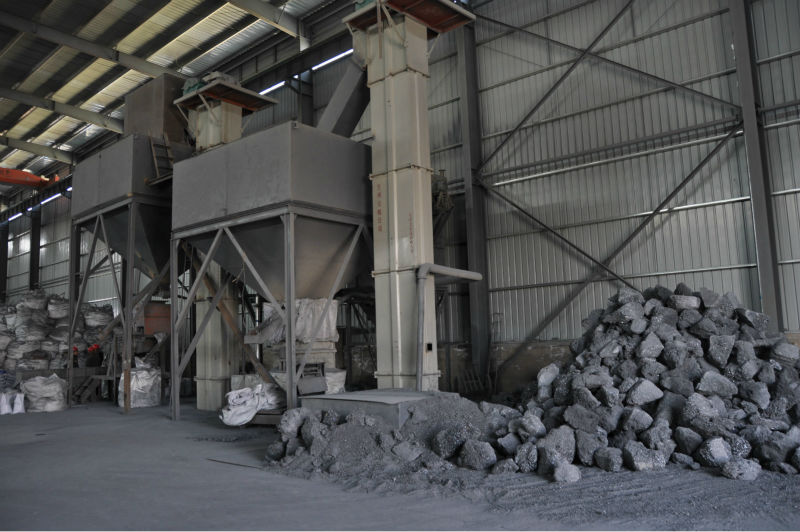
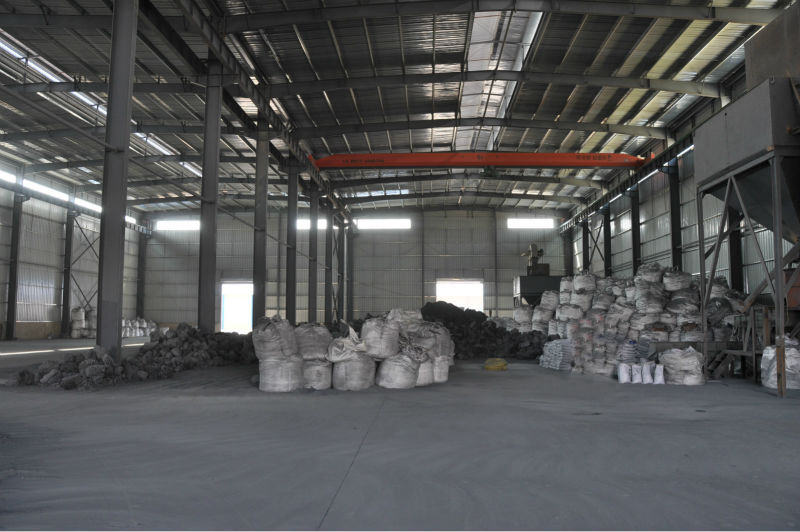
- Q: How does carbon impact the availability of clean water resources?
- The availability of clean water resources can be significantly influenced by carbon. One way carbon affects water resources is by contributing to climate change. The burning of fossil fuels, mainly responsible for increased carbon emissions, leads to higher global temperatures and disrupts the water cycle. This disruption results in more frequent and severe droughts in certain regions, while others face increased rainfall and flooding. The melting of glaciers and snowpacks, which are essential sources of freshwater for many communities, is also affected by climate change. As carbon emissions warm the planet, glaciers and snowpacks melt at an accelerated rate, reducing the water supply in rivers and streams that rely on these natural storages. This ultimately leads to water scarcity, affecting drinking water availability, agricultural irrigation, and industrial water usage. Moreover, the quality of water resources can be impacted by carbon pollution. Carbon dioxide dissolves in water and reacts with it, causing a decrease in pH levels and increased acidity. This process, known as ocean acidification, is particularly harmful to marine ecosystems and organisms that rely on carbonate ions to build their shells or skeletons. As these organisms struggle to survive, it disrupts the balance of entire aquatic ecosystems, which then affects the availability of clean water resources. Additionally, carbon-based pollutants from human activities, such as industrial processes or agricultural runoff, can contaminate water sources. Pesticides, fertilizers, and hydrocarbons, which are carbon-based chemicals, can infiltrate groundwater or be washed into rivers and lakes, compromising their quality and rendering them unsuitable for drinking or other uses. In conclusion, the impact of carbon on the availability of clean water resources is complex. It affects the quantity of water through changes in the water cycle, reduces water quality through acidification and pollution, and disrupts ecosystems that rely on water resources. Addressing carbon emissions and mitigating climate change is crucial to protect and ensure the availability of clean water for current and future generations.
- Q: What is carbon sequestration and how does it work?
- Carbon sequestration is the process by which carbon dioxide (CO2) is captured and stored, preventing it from being released into the atmosphere and contributing to climate change. This process is vital in combating global warming, as CO2 is a greenhouse gas that traps heat and leads to the Earth's temperature rising. There are several methods of carbon sequestration, but the most commonly used ones include terrestrial, oceanic, and geological sequestration. Terrestrial sequestration involves capturing CO2 from the atmosphere and storing it in plants, trees, and soil. This can be achieved through afforestation (planting new forests), reforestation (restoring deforested areas), and adopting sustainable agricultural practices that enhance soil carbon storage. Oceanic sequestration, on the other hand, involves storing CO2 in the oceans. This method relies on the natural ability of the oceans to absorb and store large amounts of CO2. By enhancing the ocean's capacity to capture CO2, such as through the use of algae or other marine plants, we can effectively reduce the concentration of CO2 in the atmosphere. Geological sequestration involves capturing CO2 from industrial sources, such as power plants or factories, and injecting it deep underground into geological formations. These formations, such as depleted oil and gas reservoirs or saline aquifers, act as natural storage sites for the captured CO2. Over time, the injected CO2 becomes trapped and mineralizes, permanently storing it away from the atmosphere. Additionally, carbon sequestration can also occur through technological advancements, such as direct air capture (DAC) and carbon capture and storage (CCS). DAC involves using machines or devices to directly capture CO2 from the air, while CCS focuses on capturing CO2 emissions from industrial processes before they are released into the atmosphere. Once captured, the CO2 can be transported and stored underground, either in geological formations or in depleted oil and gas reservoirs. Overall, carbon sequestration is a crucial tool in mitigating climate change. By capturing and storing CO2, we can reduce the concentration of greenhouse gases in the atmosphere, helping to stabilize the Earth's climate. However, it is important to note that while carbon sequestration is an important solution, it should not be seen as a standalone solution. Combining carbon sequestration with other mitigation strategies, such as reducing emissions and transitioning to renewable energy sources, is essential for effectively combating climate change.
- Q: Excuse me, carbon steel, carbon steel pipe, seamless steel pipe, spiral steel pipe, what is the difference?
- There is no joint in the whole. The material can be used according to the needs, often used for high temperature, high pressure and other fluids. Hence, it is called seamless steel tube. The spiral steel tube is also formed by the heating and rotating of the strip steel. The utility model is suitable for the fluid below 30Kg, and the material can replace the seamless pipe with the big caliber and difficult to be manufactured according to the requirement, and is suitable for the medium and low pressure fluid with large caliber.
- Q: How is carbon stored in the Earth's crust?
- Carbon is stored in the Earth's crust through various geological processes such as the formation of sedimentary rocks, the burial of organic matter, and the formation of fossil fuels. These processes involve the accumulation and preservation of carbon-rich material over millions of years, resulting in the storage of carbon in the form of minerals, organic compounds, and hydrocarbons within the Earth's crust.
- Q: What is the relationship between carbon emissions and air pollution?
- Carbon emissions and air pollution are closely interconnected. Carbon emissions, which mainly come from burning fossil fuels such as coal, oil, and natural gas, release large amounts of carbon dioxide (CO2) into the atmosphere. This increase in CO2 levels contributes significantly to the greenhouse effect, trapping heat in the atmosphere and leading to global warming. Air pollution, on the other hand, refers to the presence of harmful substances in the air that can be detrimental to human health and the environment. While carbon dioxide itself is not directly toxic to humans, it plays a crucial role in the formation of other air pollutants. One of the primary consequences of increased carbon emissions is the production of fine particulate matter (PM2.5) and ground-level ozone (O3). These pollutants are created through complex chemical reactions involving CO2 and other pollutants like nitrogen oxides (NOx) and volatile organic compounds (VOCs). PM2.5 and O3 are known to cause respiratory problems, cardiovascular diseases, and other health issues. Furthermore, carbon emissions also contribute to the formation of other air pollutants such as sulfur dioxide (SO2), nitrogen oxides (NOx), and heavy metals. These pollutants are emitted alongside CO2 from various industrial processes, power generation, and transportation. They can have severe health impacts, including respiratory diseases, asthma, and even cancer. Reducing carbon emissions is crucial to combatting air pollution. By transitioning to cleaner energy sources like renewables and improving energy efficiency, we can significantly reduce the amount of CO2 and other pollutants emitted into the atmosphere. Implementing stricter regulations and adopting cleaner technologies in industries and transportation can also help reduce air pollution and its associated health risks. In conclusion, carbon emissions and air pollution are intrinsically linked. The release of CO2 and other pollutants from burning fossil fuels contributes to global warming and the formation of harmful air pollutants. Addressing the problem of carbon emissions is essential to mitigate air pollution and protect human health and the environment.
- Q: How are carbon nanotubes used in various industries?
- Carbon nanotubes are used in various industries for their exceptional properties. In electronics, they are utilized for creating smaller and faster transistors and memory devices. In materials science, they enhance the strength and conductivity of composites used in aerospace and automotive sectors. They also find applications in energy storage, where they improve the efficiency of batteries and supercapacitors. Additionally, carbon nanotubes are employed in medicine for drug delivery systems and as biosensors for detecting diseases. Overall, their versatility makes them valuable in multiple industries for enhancing performance and enabling innovative technologies.
- Q: What is the atomic weight of carbon?
- The atomic weight of carbon is approximately 12 atomic mass units.
- Q: What is the role of carbon in the human body?
- Carbon plays a critical role in the human body as it is the basic building block of organic compounds. It forms the backbone of essential molecules like proteins, carbohydrates, lipids, and nucleic acids, which are vital for various biological processes. Additionally, carbon helps regulate energy metabolism, aids in cellular respiration, and is involved in the synthesis of hormones and neurotransmitters. Overall, carbon is essential for the structure, function, and overall health of the human body.
- Q: How does carbon impact the availability of renewable energy sources?
- Carbon impacts the availability of renewable energy sources in a number of ways. Firstly, carbon emissions from the burning of fossil fuels contribute to climate change, which is a significant threat to the availability and sustainability of renewable energy sources. The increased frequency and intensity of extreme weather events caused by climate change can damage renewable energy infrastructure, such as wind turbines and solar panels. Secondly, carbon-intensive industries, such as coal mining and oil extraction, can limit the growth and development of renewable energy technologies. These industries have historically received substantial subsidies and support from governments, which can hinder the progress of renewable energy by diverting resources and investment away from cleaner alternatives. Furthermore, carbon emissions contribute to air pollution, which can have negative impacts on the efficiency and performance of renewable energy systems. For example, air pollution can reduce the amount of sunlight reaching solar panels or obstruct wind flow to turbines, thereby decreasing their energy output. Additionally, the reliance on carbon-based energy sources creates a significant market competition for renewable energy. Fossil fuels often have lower costs due to their established infrastructure and economies of scale, making it challenging for renewable energy sources to compete on a cost basis. This can limit the availability and accessibility of renewable energy options, particularly in developing countries where fossil fuels are often the cheaper and more readily available option. To address these challenges, it is crucial to reduce carbon emissions through transitioning to renewable energy sources and implementing policies that incentivize their adoption. By reducing carbon emissions, we can mitigate the impacts of climate change on renewable energy infrastructure and create a more conducive environment for the development and deployment of clean energy technologies.
- Q: What are the different types of carbon-based composites?
- There exist various carbon-based composites, each possessing distinct properties and applications. Some commonly encountered types encompass carbon fiber reinforced polymers (CFRPs), carbon nanotube composites, and carbon fiber reinforced ceramics. Among these, CFRPs stand as the most renowned and extensively employed carbon-based composites. They feature carbon fibers embedded within a polymer matrix, such as epoxy resin. CFRPs exhibit a lightweight nature, coupled with exceptional strength and rigidity, rendering them ideal for industries where weight reduction and high strength prove essential, such as aerospace, automotive, and sporting goods. Carbon nanotube composites represent another category of carbon-based composites that have garnered substantial attention in recent years. Carbon nanotubes possess cylindrical structures comprising carbon atoms arranged in a hexagonal lattice. Upon incorporation into composite materials, they bolster mechanical, thermal, and electrical properties. Carbon nanotube composites hold potential applications across fields like electronics, energy storage, and structural materials. Carbon fiber reinforced ceramics combine the superior strength and rigidity of carbon fibers with the exceptional ability to resist high temperatures exhibited by ceramics. These composites widely find use in industries necessitating materials capable of withstanding extreme temperatures, such as aerospace, defense, and nuclear sectors. Carbon fiber reinforced ceramics offer an excellent balance encompassing strength, thermal stability, and low weight. Additional types of carbon-based composites encompass carbon fiber reinforced metals, wherein carbon fibers are embedded within a metal matrix, and graphene composites, which incorporate graphene sheets into a polymer or metal matrix. These composites offer distinct properties like high electrical conductivity, thermal stability, and mechanical strength, unveiling possibilities for applications in areas like electronics, energy storage, and structural materials. On the whole, carbon-based composites present a wide array of properties and applications, rendering them indispensable materials within various industries requiring lightweight, strong, and durable substances.
Send your message to us
Black SIC And Green SIC For cast iron and steel Industry
- Loading Port:
- Shanghai
- Payment Terms:
- TT OR LC
- Min Order Qty:
- 10 m.t.
- Supply Capability:
- 500000 m.t./month
OKorder Service Pledge
OKorder Financial Service
Similar products
Hot products
Hot Searches
Related keywords
